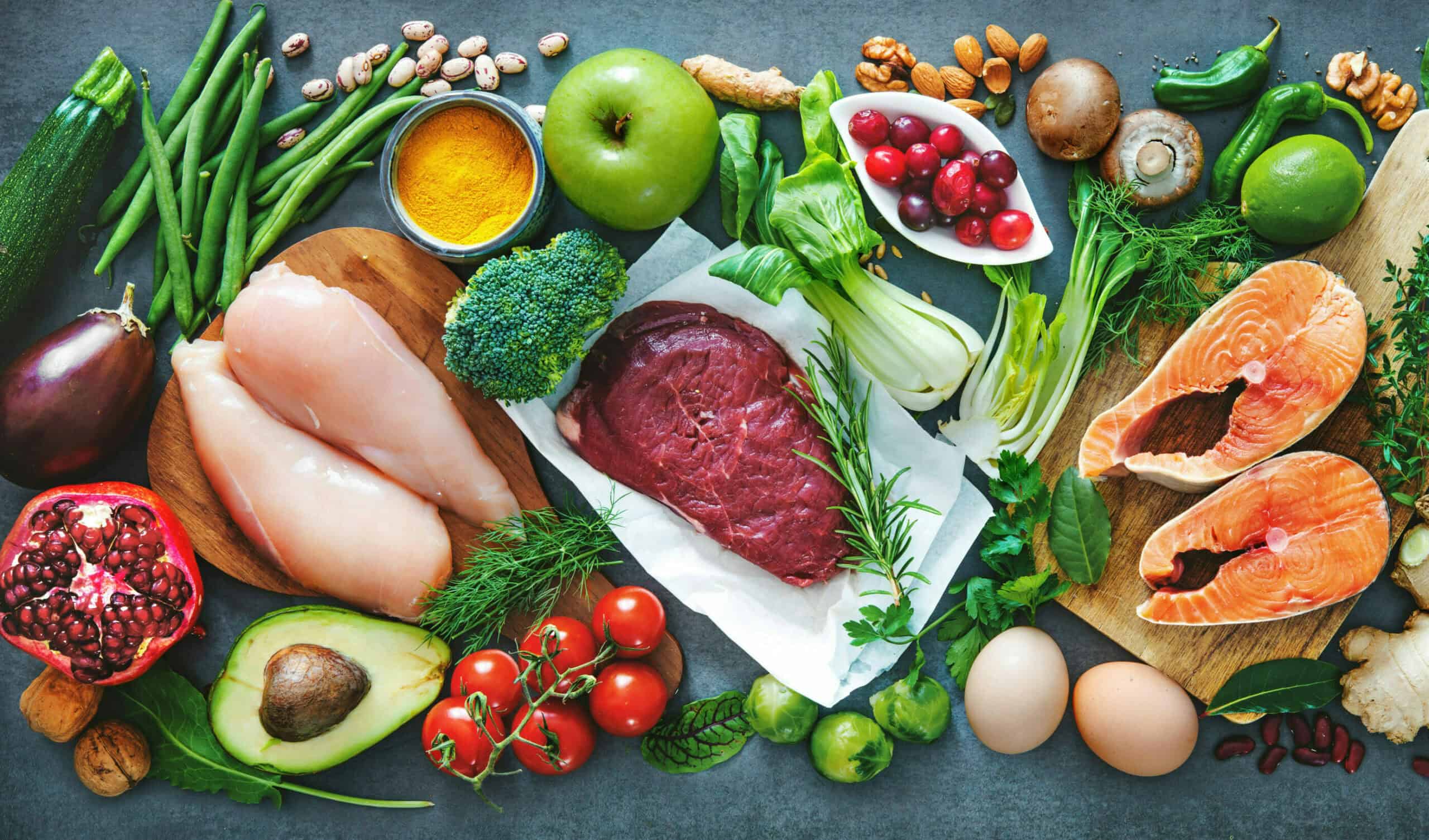Starvation mode refers to the notion that our metabolism decreases severely and our body shuts down. Reduced metabolism means we are burning fewer calories per day therefore making weight loss harder and much easier to regain weight. This is the main problem with caloric reduction diets. Luckily, this does not occur during fasting. In fact, metabolism revs up, not down, during fasting. In one study, a four day fast actually increase metabolism by 12%.
The human body evolved to survive periods of fasting. We store food energy as body fat and use this as fuel when food is not available. Muscle, on the other hand, is preserved until body fat becomes so low that the body has no choice but to turn to muscle. SO when we fast we eat our own fat. This is normal. During fasting, hormonal changes kick in to give us more energy (increased adrenaline) and preserve our lean muscle and bones (increased growth hormone).
Sometimes people worry that blood sugar will fall during a fast and they will become shaky and sweaty. Luckily, this does not happen. During fasting, our bodies break down glycogen in the liver to provide glucose. This happens every night as you sleep to keep blood sugars normal as you fast overnight. If you fast for longer than 24-36 hours, glycogen stores become depleted. The liver now can manufacture new glucose in a process called gluconeogenesis, using the glycerol that’s a by-product of the breakdown of fat. That means that we do not need to eat glucose for our blood glucose levels to remain normal. When glucose is not available, the body begins to burn fat and produce ketone bodies, which are able to cross the blood-brain barrier to feed the brain cells. Up to 75% of the brain’s energy requirements can be met by ketones. The other 25% can be met from the glucose made from fat. So again we have plenty of fuel to keep blood sugar normal and the brain functioning at 100%.
”
Many authorities warn against missing even a single meal because it could make you extra hungry and unable to avoid temptations at the next meal. In studies, on the day after a one day fast, average caloric intake increase from 2,436 to 2,914. But if you factor in what would have normally been consumed during the two day period, 4872 calories, there is still a net deficit of 1,958 calories. The increased calories don’t come close to making up for the lack of calories on the fasting day. Typically, over time, appetite tends to decrease as the fasting duration increases.
The body normally loses both essential amino acids and essential fatty acids in urine and stool. During fasting, it reduces these losses to hang onto much of the necessary nutrients. By keeping essential nutrients in the body instead of excreting them, the body is able to recycle many of them during the fast. For longer fasts, it is a good idea to take a general multivitamin. The longest fast recorded lasted 382 days, and a simple multivitamin prevented any vitamin deficiencies. Before and after fasting, it can be helpful to follow a low carb diet, which increases the percentage of fats and proteins consumed, so the body has more stored up for rainy days.
Want to learn more about intermittent fasting? Download my FREE guide!
Ready to take your health and wellness to the next level? Let me teach and support you to meeting your goals for 2018! learn more about my programs and service using the button below!





